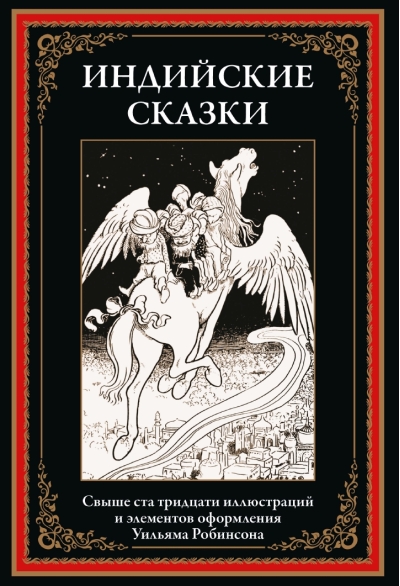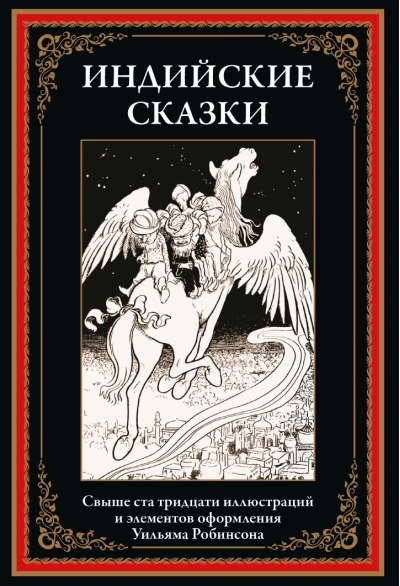Indian fairy tales
9.99 €
Out of stock
The collection includes seventy-one Indian folk tales. All of them were collected in the late nineteenth century by the English ethnographer William Crook during his explorations of the northern and northwestern provinces of India. Some of them he wrote down himself, others were translated from the words of local people by Indian Pandit Ramgarib Chaube. All texts are translated by S. Y. Afonkin. The edition is decorated with illustrations by English artist William Robinson. We can enjoy the original Indian tales published in this book thanks to the English orientalist William Crook (1848-1923), who was one of the leading experts on Indian folklore. Crooke graduated from Holy Trinity College, Dublin, and then held an administrative post in British-occupied India for a quarter of a century. He wrote extensively about6 Indians, their religion, beliefs and customs. Realizing how much folklore means in the life of every nation, Crook began to record Indian folktales. He was often assisted in this endeavor by Pandit Ramgarib Chaube, an Indian who had graduated from the Presidency College in Calcutta. More than seven dozen tales told in English by Crook were published in Great Britain in a separate book. William returned to England in 1910 and through pod was elected president of the Folklore Society, of which he was a longtime member. This honorable position W. Crook held it for the rest of his life. The edition is adorned with drawings by William Heath Robinson (1872-1944). Fate itself prepared him to become an excellent draftsman, because his grandfather, father and even his uncle were artists. William's older brothers, Thomas and Richard, eventually became illustrators. William was surrounded by a creative atmosphere from early childhood; he grew up with colors, paintings, books about6 art. Not surprisingly, he took up pencils and pens early on. At the very beginning of the twentieth century, William Robinson was already known for his caricatures, as well as illustrations of Andersen's fairy tales, William Shakespeare and François Rabelais. The illustrations of Indian fairy tales in this book suggest his love of the Art Deco style. However, Robinson Jr. also had another love. He loved to invent and depict completely absurd mechanisms like "an automated muffler for dousing cats with water" or "a chair for removing warts on the top of the head". These designs in his drawings, often powered by a kind of "steam boiler" - a kettle heated by candles or sporks - were so peculiar that they entered the English lexicon. To this day, the British can say of any complex and not quite understandable mechanical construction that it is "Robinson's machine". In particular, this was the name given to one of the British automatic devices for deciphering intercepted German messages during World War II.
See also:
- All books by the publisher
- All books in the series Library of World Literature



















































